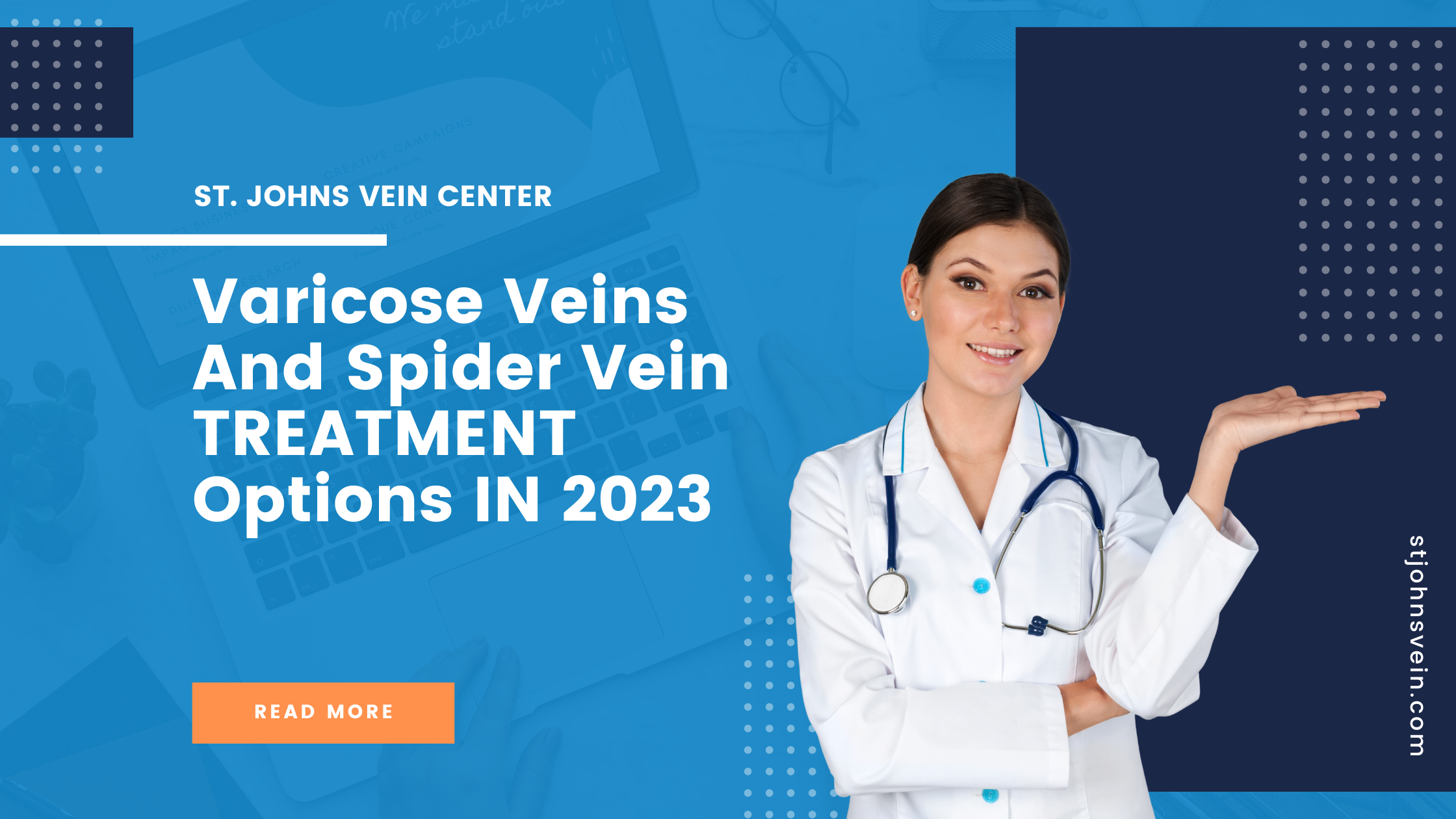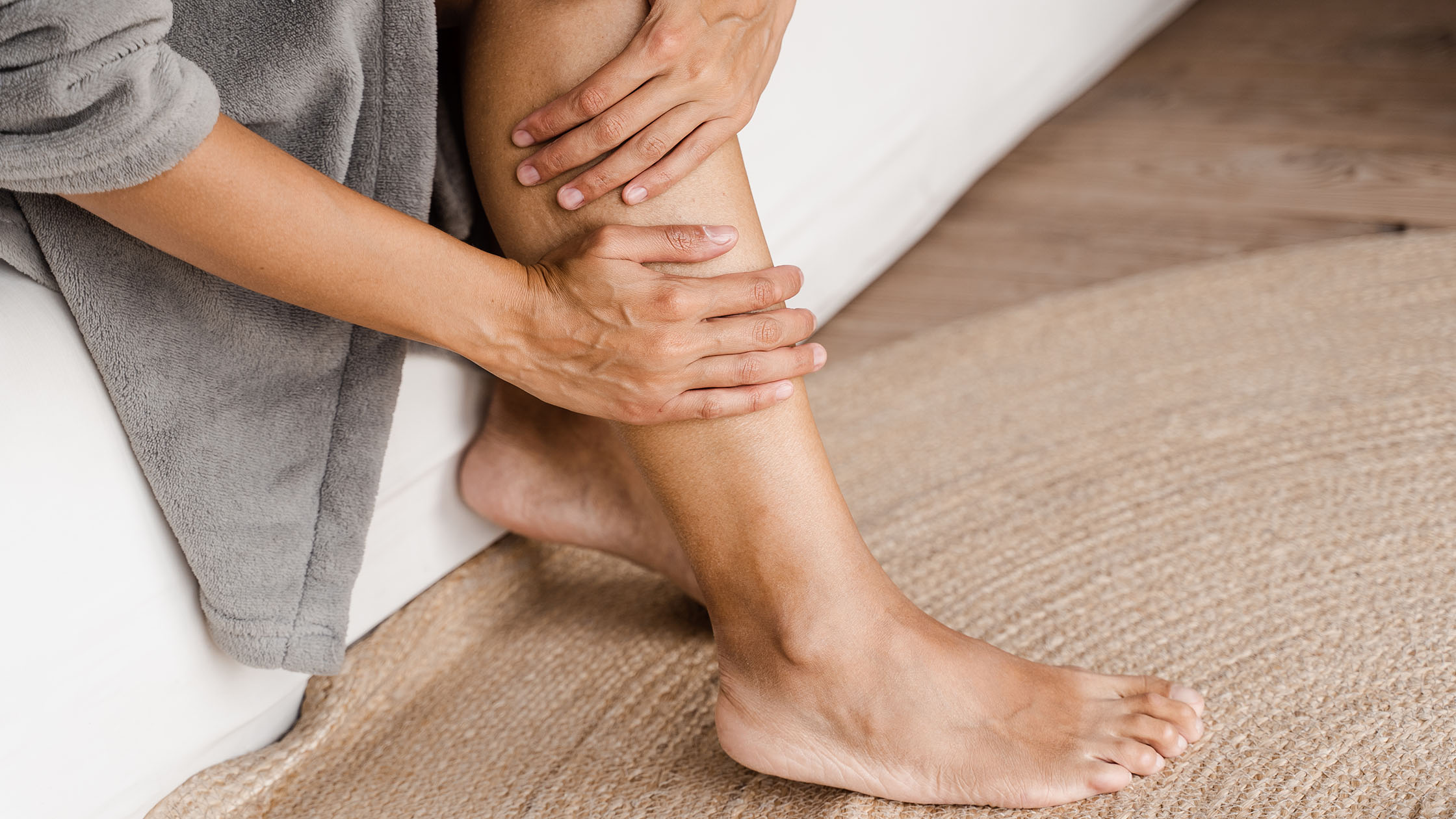What are some modern varicose and spider vein treatment options in 2023? Varicose and spider veins are a common problem affecting millions of people around the world, but they don’t have to be a permanent issue. In this article, we explore the latest advancements in modern treatments for varicose and spider veins and how these treatments can help you regain your confidence and improve your quality of life.
Introduction to Varicose and Spider Vein Treatment
Varicose veins and spider veins are a common condition that affects millions of Americans. While these conditions are usually not serious, they can be painful and cause embarrassment. There are many treatment options available, ranging from home remedies to surgery. This article will provide an overview of the latest treatment options for varicose veins and spider veins.
Causes of Varicose and Spider Veins
There are many different causes of varicose and spider veins, but the most common cause is simply genetics. If your parents or grandparents had varicose veins, then you are more likely to have them as well. Other causes include pregnancy, menopause, and being overweight or obese.
Spider veins are often caused by the same things that cause varicose veins. However, they can also be caused by sun damage, trauma, or surgery.
There is no one-size-fits-all treatment for varicose or spider veins. However, there are many different options available depending on the severity of your condition. Some of the most common treatments include sclerotherapy, endovenous laser therapy, and ambulatory phlebectomy.
Symptoms of Varicose and Spider Veins
If you have varicose veins, you may have noticed that they tend to worsen with time. The symptoms of varicose veins can include:
-Aching or throbbing pain in the legs
-Swelling in the legs
-Cramping in the legs
-Itching around the affected area
-Restless legs syndrome
-Skin changes around the affected area, including discoloration and ulcers
If you have spider veins, you may notice that they are most often visible on the legs and can look like a web or network of blue or purple veins. The symptoms of spider veins are generally cosmetic, but can also include:
-Aching or throbbing pain in the legs
-Swelling in the legs
-Itching around the affected area
-Restless legs syndrome
Diagnosis of Varicose and Spider Veins
There are a number of ways to diagnose varicose and spider veins. The most common method is through a physical examination, during which your doctor will look for signs of swelling, discoloration, or changes in skin texture.
If you have any symptoms that may be associated with varicose or spider veins, your doctor may also order one or more diagnostic tests. These may include an ultrasound, which can help to assess the condition of your veins and identify any potential blockages. In some cases, a CT scan or MRI may also be ordered.
Once a diagnosis has been made, your doctor will work with you to develop a treatment plan that is best suited to your individual needs. There are a number of options available for treating varicose and spider veins, and the type of treatment that is right for you will depend on the severity of your condition.
Varicose and Spider Vein Treatment Options
There are several treatment options available for varicose and spider veins, ranging from home remedies to surgery. Some of the most common treatments include:
-Compression stockings: Wearing compression stockings is one of the most effective ways to treat varicose veins and prevent them from getting worse. They help to increase blood flow and reduce swelling in the legs.
-Sclerotherapy: This is a procedure that involves injecting a solution into the veins, which causes them to collapse and disappear over time.
-Endovenous laser treatment: This is a minimally invasive procedure that uses lasers to destroy the vein walls, causing them to collapse and fade away.
-Surgery: In some cases, surgery may be necessary to remove large varicose veins. This is usually done as an outpatient procedure and doesn’t require a hospital stay.
- Sclerotherapy
Sclerotherapy is a minimally-invasive, outpatient procedure in which a solution is injected directly into the vein. The solution irritates the lining of the vein, causing it to collapse and reroute blood flow to healthier veins. Sclerotherapy can be used to treat both varicose and spider veins and is considered one of the most effective treatments available.
- Endovenous Laser Therapy (EVLT)
Endovenous laser therapy (EVLT) is a minimally invasive treatment for varicose veins that uses lasers to close off the affected vein. EVLT is a safe and effective alternative to traditional surgery for varicose veins, and has a shorter recovery time. The procedure is performed under local anesthesia in an outpatient setting, and most patients return to their normal activities within a few days. EVLT is an option for patients who have small or medium-sized varicose veins, and who are not candidates for surgery.
- Ambulatory Phlebectomy
Ambulatory Phlebectomy is a minimally invasive surgical procedure used to remove varicose veins. The procedure is performed through tiny incisions in the skin, and does not require any stitches. Ambulatory Phlebectomy is usually performed as an outpatient procedure, and patients can usually return to their normal activities within a few days.
The main advantage of Ambulatory Phlebectomy over other varicose vein treatments is that it is very effective in removing larger varicose veins. In addition, the procedure has a low risk of complications and side effects.
- Radiofrequency Ablation (RFA)
Radiofrequency ablation (RFA) is a minimally invasive procedure that uses heat to destroy the abnormal veins. RFA is usually performed on an outpatient basis, and the treated veins are typically not removed. Instead, they collapse and are gradually absorbed by the body.
RFA is considered an effective treatment for varicose veins and spider veins. In fact, a recent study showed that RFA was more effective than sclerotherapy, another common treatment for these conditions, in improving symptoms and quality of life.
There are several advantages of RFA over other treatments for varicose veins and spider veins:
RFA is less invasive than surgery, so it has a shorter recovery time.
RFA is less likely to cause side effects such as bruising and swelling.
RFA can be performed on an outpatient basis, so you don’t have to stay in the hospital overnight.
RFA is considered an effective treatment for both varicose veins and spider veins. In most cases, only one treatment session is needed to achieve desired results.




